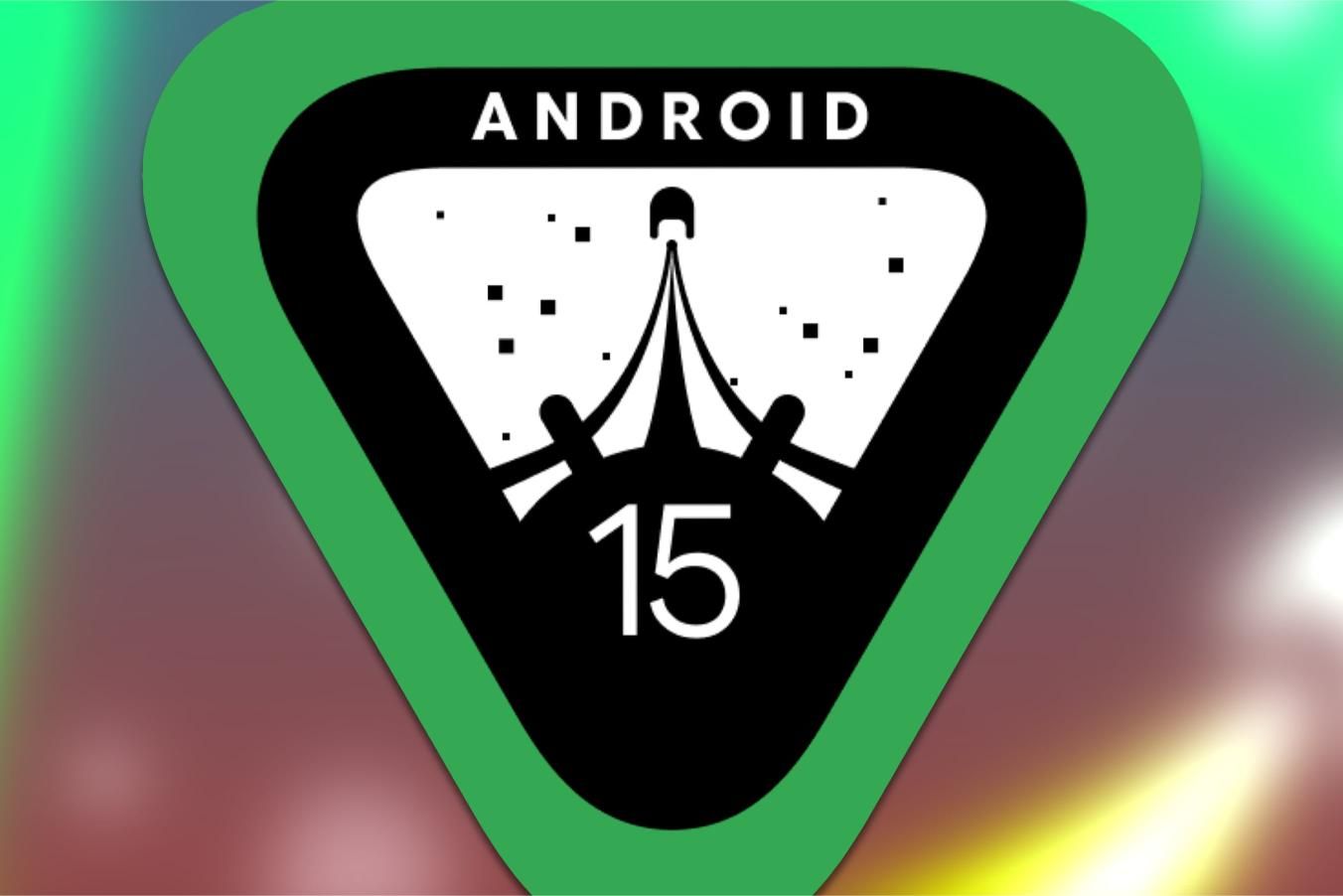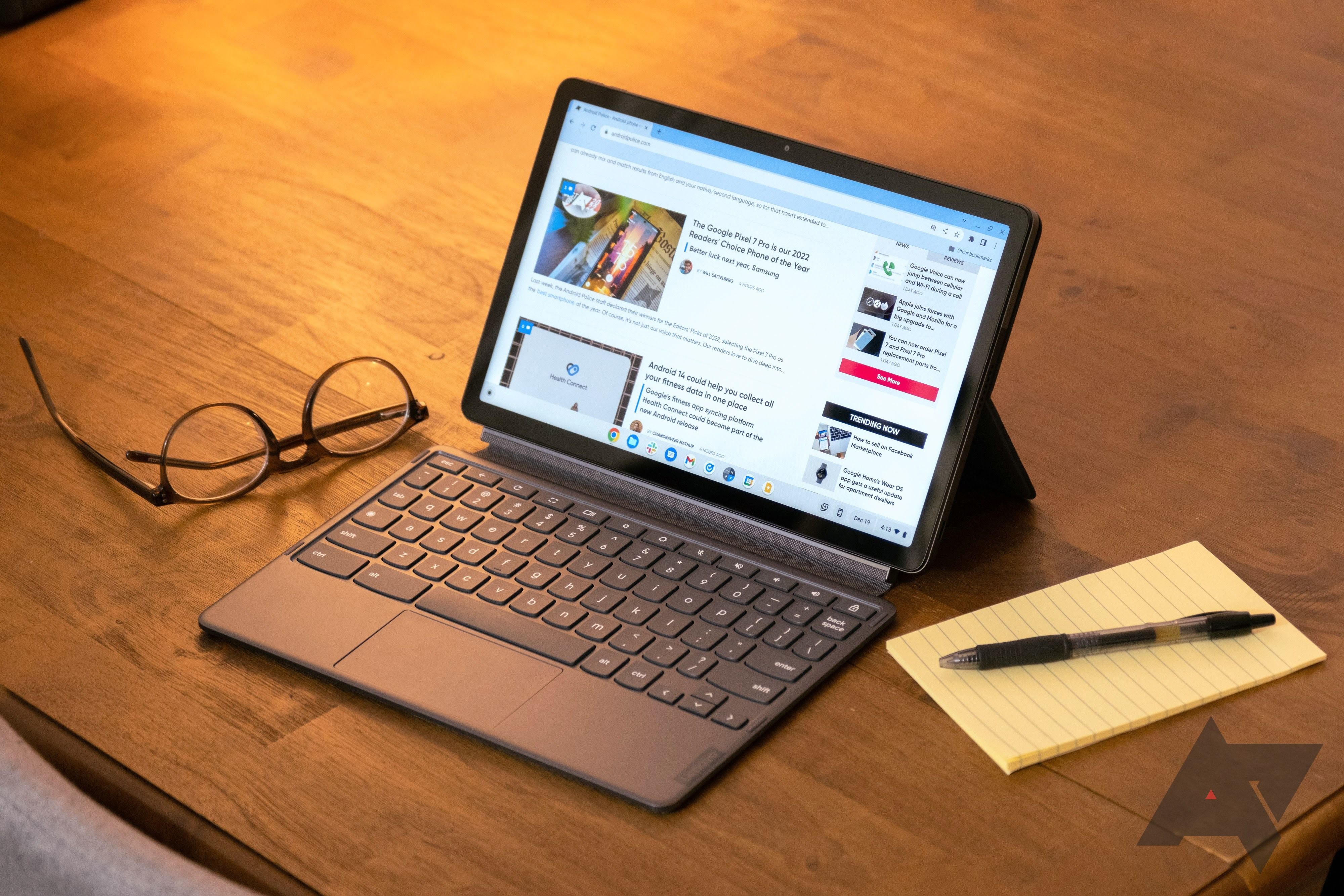Summary
- ChromeOS and Android are closer than we think, making way for potential integration on Pixel phones in the future.
- The Android Virtualization Framework allows running ChromeOS within Android as a virtual machine, potentially unlocking a PC-like experience.
- Even with these advancements, the functional deployment of ChromeOS on Android devices might still be years away.
Google is poised to announce a slew of software enhancements and AI-related developments at its annual developer conference, I/O, tomorrow, where we will also catch a glimpse of the new Pixel 8a. However, Android 15 is still in active development ahead of a launchprobably alongside the Pixel 9 series, while enthusiastic researchers continue poking around the developer beta builds. We might not see the final implementation until it’s time to announce the next generation Pixel flagships, but Google is trying to run ChromeOS on Pixel phones.

Android 15: Leaks, timeline, and everything new in Beta 1
Here’s what we know about Android 15 now that the first beta has landed
Right off the bat, using ChromeOS and Android feels similar, and the operating systems aren’t too far apart under the hood either. ChromeOS notebooks can run Android apps, but Google never went through with projects like Andromeda, originally conceptualized as a fusion of Android and ChromeOS. Concurrent development of the Android-like Fuchsia OS didn’t help matters either. However, it’s worth noting that while some Nest smart home devices run Fuchsia today, the OS runs Google’s custom Zircon kernel underneath instead of a Linux kernel like Android, limiting the scope for integrations.
As a result of Fuchsia taking the custom kernel route and Andromeda shutting down in the concept stage, even the best modern tablets are bound to Android despite packing enough grunt to handle more multitasking-oriented alternatives. However, writing for Android Authority, popular researcher and tipster Mishaal Rahman reports Google has figured out how to run ChromeOS on the mobile OS.
Early days marked by clear signs
Rahman explains that Android builds since version 13 include an Android Virtualization Framework (AVF) which should allow it to run an entire operating system encapsulated within Android as a virtual machine. Officially, Google only allows running another Android build called Microdroid within AVF, but Rahman says ChromeOS’ open-source stablemate Chromium OS is also supported. A special Chromium build nicknamed Ferrochrome is also being paraded around to other companies, running on a secondary display connected to a Pixel 8.
The demo was nothing but a proof-of-concept and Google didn’t say anything about releasing Chromium or ChromeOS for Android devices. However, it keeps our hopes alive that one day the company will fuse the two operating systems together with virtualization, giving us PC-like functionality with an Android flagship or tablet hooked up to an external display, much like Samsung DeX mode. The tech titan would also need plausible use cases to help potential users see the benefits of AVF for productivity. More details should emerge as Android 15 crawls closer towards completion, but a functional deployment might still be years away.

How to set up and use Samsung DeX on your Galaxy phone or tablet
Turning your phone into an actual computer is easy





